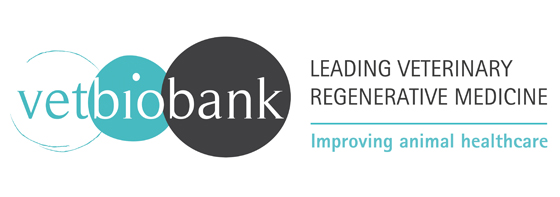Objective
To determine the feasibility of umbilical cord-derived mesenchymal stem cell (UC-MSC) transplantation into the cervical spinal cord of horses by using fluoroscopy with or without endoscopic guidance and to evaluate the neurological signs and tissue reaction after injection.
Study design
Experimental study.
Animals
Eight healthy adult horses with no clinical signs of neurological disease.
Methods
After cervical ventral interbody fusion (CVIF), ten million fluorescently labeled allogeneic UC-MSC were injected into the spinal cord under endoscopic and fluoroscopic guidance (n = 5) or fluoroscopic guidance only (n = 3). Postoperative neurological examinations were performed, and horses were humanely killed 48?hours (n = 4) or 14?days (n = 4) postoperatively. Spinal tissues were examined after gross dissection and with bright field and fluorescent microscopy.
Results
Needle endoscopy of the cervical canal by ventral approach was associated with intraoperative spinal cord puncture (2/5) and postoperative ataxia (3/5). No intraoperative complications occurred, and one (1/3) horse developed ataxia with cell transplantation under fluoroscopy alone. Umbilical cord-derived MSC were associated with small vessels and detected up to 14?days in the spinal cord. Demyelination was observed in six of eight cases.
Conclusion:
Fluoroscopically guided intramedullary UC-MSC transplantation during CVIF avoids spinal cord trauma and decreases risk of ataxia from endoscopy. Umbilical cord-derived MSC persist in the spinal cord for up to 14?days. Cell injection promotes angiogenesis and induces demyelination of the spinal tissue.
Clinical significance
Umbilical cord-derived MSC transplantation into the spinal cord during CVIF without endoscopy is recommended for future evaluation of cell therapy in horses affected by cervical vertebral compressive myelopathy.












